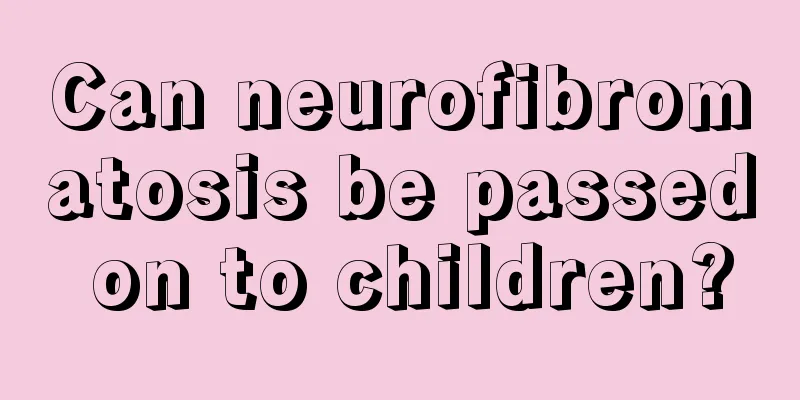The effects and functions of vitamin C injection

|
VC is an essential part of our human body. We usually supplement the vitamin C needed by the body by eating more vegetables and fruits. But now there is a more convenient and quicker way to help supplement VC, that is direct injection. The antioxidant effect is very obvious, but it should be noted that this method should not be used frequently. The healthiest way is to have a balanced diet. 1. Efficacy and effects Vitamin C has antioxidant effects, can reduce pigment production, and has a certain whitening effect. However, applying vitamin C directly to the skin is not easily absorbed by the skin, so the effect of this practice is not obvious. If the quality of the injection used is not up to standard, it may also damage the skin. It is recommended to use vitamin C for whitening to avoid direct contact with the skin as much as possible. Vitamin C injection can be taken orally, and it is okay to take it in the short term, but it does not mean that all injections can be taken orally. It should be noted that the injection uses a therapeutic dose, which is a medicine. The dosage is many times larger than that of health care medicine. Long-term use may cause vitamin C poisoning. Large doses can cause diarrhea, rash, excessive stomach acid or urinary stones. Severe cases can cause hemolysis, or even be fatal. If large doses are taken for a long time and the medication is suddenly stopped, symptoms of scurvy may appear. Vitamin C, also known as ascorbic acid, is a water-soluble vitamin. Among all vitamins, vitamin C is the most unstable and is easily destroyed during storage, processing and cooking. It is also easily oxidized and decomposed. Vitamin C has a strong reducing property and is easily oxidized into dehydroascorbic acid, but the reaction is reversible. Ascorbic acid and dehydroascorbic acid have the same physiological function, but if dehydroascorbic acid continues to oxidize to generate diketogulonic acid, the reaction will be irreversible and the physiological effectiveness will be completely lost. 2. Indications 1. It is used to prevent and treat scurvy, and can also be used as an auxiliary treatment for various acute and chronic infectious diseases and purpura. 2. Treatment of chronic iron poisoning: Vitamin C promotes the integration of iron by deferoxamine, accelerating the excretion of iron. 3. Treatment of idiopathic methemoglobinemia. 4. When Keshan disease patients suffer from cardiogenic shock, large doses of this product can be used for treatment. 5. The need for vitamin C increases in the following situations: (1) Patients undergoing chronic hemodialysis, gastrointestinal diseases (long-term diarrhea, post-gastric or ileal resection), AIDS, tuberculosis, cancer, ulcer disease, hyperthyroidism, fever, infection, trauma, burns, post-surgery, etc.; (2) Patients who are receiving parenteral nutrition due to strict dietary control or selection, malnutrition, sudden weight loss, and during pregnancy and lactation; (3) When using barbiturates, tetracyclines, salicylates, or vitamin C as a urinary system acidifier. |
<<: Can running correct leg shape?
>>: Shelf life of home brewed beer
Recommend
What foods are good for colon polyps?
Patients with colon polyps must pay attention to ...
What disease is it that makes the skin look like fish scales
Some people may be curious about why their skin i...
What is the ranking of fibroid hospital
What is the ranking of fibroid hospitals? For fib...
What are the pathological examination methods for nasopharyngeal carcinoma
What are the pathological examination methods for...
Early symptoms of skin cancer
Skin cancer is a malignant tumor of the skin. In ...
How to treat prostate cancer? Tell you 5 treatment methods for prostate cancer
Prostate cancer has been particularly prevalent i...
What to do if your teeth are particularly sensitive
We don't pay much attention to our dental hea...
Four secrets to prevent premature gray hair, young people, please take a look
Generally speaking, the hair pigment cells of nor...
What should I eat to treat acne caused by lung heat symptoms?
The symptoms of lung heat are one of the common d...
Are peanuts easy to digest?
Peanuts are a common food for us. They can be eat...
Symptoms of aspiration bleeding in nasopharyngeal carcinoma
Nasopharyngeal carcinoma is one of the most commo...
Do cosmetics have a shelf life?
For many women, cosmetics are the most familiar p...
What should I do if my nose is dry and painful? What is the reason?
If you find that your nose becomes dry and painfu...
Can lymphoma be cured?
In recent years, we have found that the incidence...
How to massage the cervical vertebra yourself
Massage is an effective means to relieve human fa...









